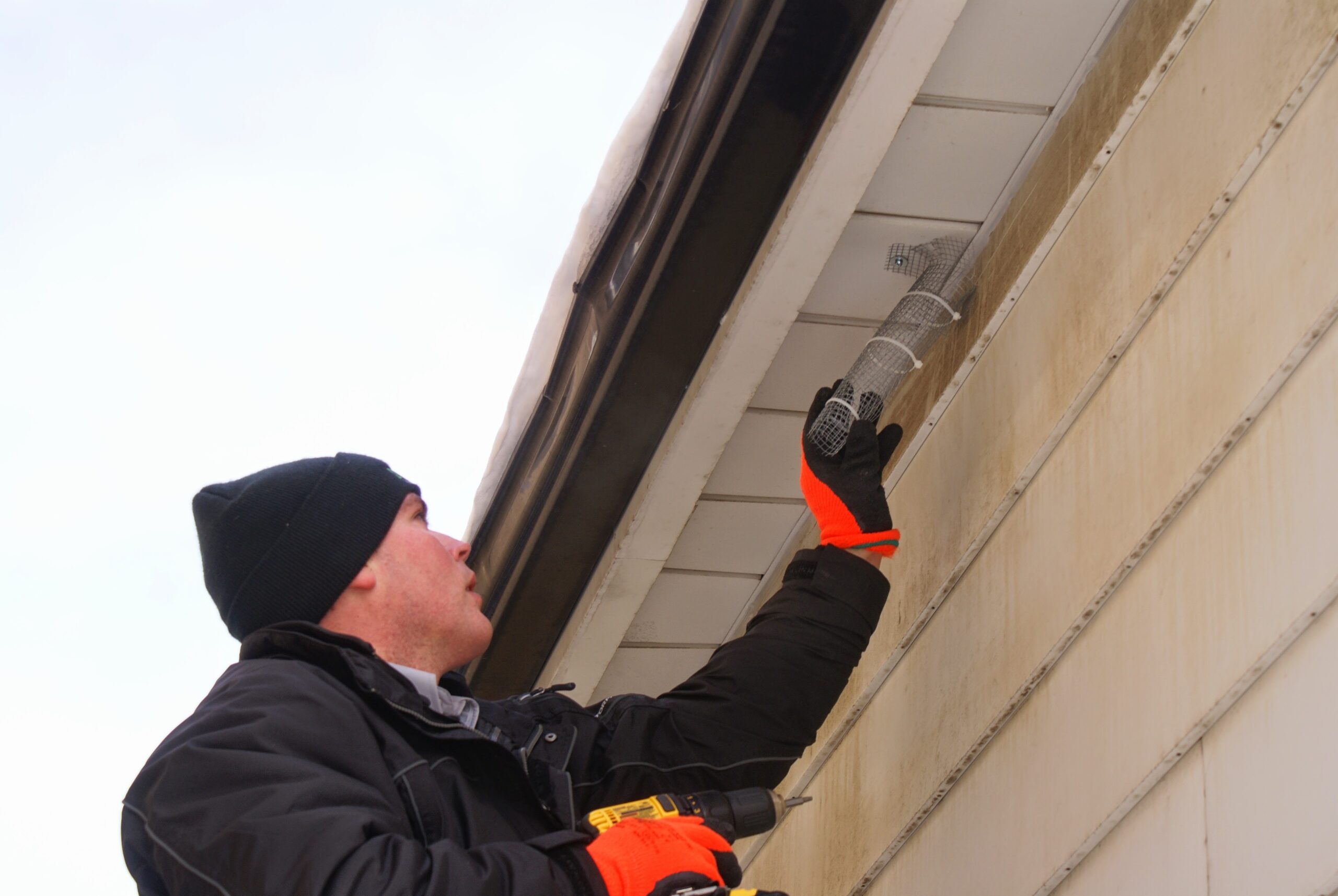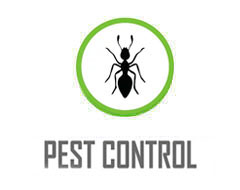
How To Humanely Remove Bats From Your Home?
Removing a bat from your home can be very dangerous and great care should always be taken. Bats, like other mammals, are capable of carrying the rabies virus. Among reported cases of rabies in wild animals, bats, raccoons, skunks, and foxes are the most common. The rabies virus is most often transmitted to humans through a bite from a rabid animal. While bats are not aggressive animals, they are certainly capable of biting in self-defense if they feel threatened. To make matters worse, bats have extremely sharp teeth that make it nearly impossible to detect a bite.
FIRST STEP: CAPTURING THE BAT HUMANELY
Should you discover a bat in your home, you may be able to encourage it to leave by opening doors and windows. Bats will feel the movement of air and may eventually find their way outdoors. Be careful, any lights that are left on may prevent the bats from exiting. Bats are accustomed to flying at night and in a well-lit room are more likely to seek darkness inside ductwork or behind bookshelves and curtains than escape outside. Of course, hoping for a bat to find an open window in the dark may not provide swift or certain results.
In most cases, removing a bat from a home is best done by capturing it with a gloved hand, net or plastic container. This type of control requires nerve and skill and should be performed by an experienced professional. You can assist in the process by keeping an eye on the bat’s movements and confining to a single room. Remember to place a towel at the base of the door so it cannot slip out unnoticed.
SAFETY & KEEPING BATS OUT OF YOUR HOME
Once captured, it is important for homeowners to consult with their doctor or the local health department about next steps. If there is a risk that the bat has come into contact with humans or pets they may deem it necessary to test the bat for rabies. For this reason, captured bats should not be killed or immediately released, but instead secured in a breathable container. Finally, it is important to have your home inspected by a professional to determine where and how the bat entered.
WHAT CAN GO WRONG WITH DIY BAT REMOVAL?
When it comes to bat removals however, the DIY approach is highly discouraged. As with any wild animal, many things can go wrong during a seemingly simple removal. Bats can become defensive against homeowners who enter their colony in an attic space. This is especially true for mother bats protecting their young. The best way to avoid potentially becoming infected with the rabies virus is to avoid removing the bats on your own.
On top of this, when homeowners enter a bat colony in an attic they place themselves in direct contact with the bacteria called Histoplasmosis. When bat droppings are disterbed, this bacteria becomes airborne and inhaled, infecting the person and resulting in a variety of physical symptoms. Bats are also often carriers of bat bugs, ectoparasites that feed off the flood of their hosts. While bat bugs do not spread diseases to humans they are a nasty nusencase and can leave irritated bite marks on people and pets.
SKEDADDLE KNOWS BATS

If the thought of getting up close and personal with a bat is too much to bear, then it’s best to consult a professional. Skedaddle understands the important role that bats play in the environment, that’s why we only employ humane methods to remove bats from homes. Bats are a protected species and are essential for insect control, since they consume significant amounts of mosquitoes and moths. It is illegal to kill bats or bat colonies. Fortunately, Skedaddle can get rid of bats without doing harm to bat populations. We make use of professional and humane methods to rid your home of bats.
If you want to know more about how to eliminate bats in your home in a safe and humane way, don’t hesitate to call us. Skedaddle has a dedicated team of customer service representatives available to handle your questions or concerns. We also have technicians on-call 24 hours a day, 7 days a week to respond to bat emergencies.
CALL US TODAY
1.888.592.0387
OR
Request for Services



FOLLOW US